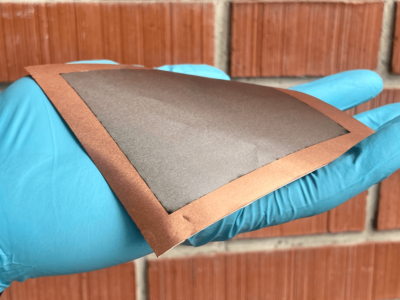
X-Fab teams for first substrate analysis tool for high voltage designs
Unwanted substrate couplings can impact modern IC developments, causing parasitic effects that are damaging to overall performance. The ‘trial and error’ of substrate analysis can take many hours of experienced engineers’ time with many different design iterations.
To address this, the German foundry worked with PN’s PNAware tool to develop SubstrateXtractor. The company says this is the semiconductor industry’s first commercially available substrate analysis tool dedicated to addressing the simulation of large signal parasitic effects. Using X-FAB’s established simulation libraries, the tool allows engineers to investigate where potential substrate coupling issues could occur and make the changes necessary to eliminate them though better floorplanning or guard rings, for example, before the initial tape-out.
This substrate analysis tool gives engineers visibility of all the active and passive elements within the substrate analysis and be able to experiment with different simulations to find the maximum substrate coupling immunity within a project’s constraints. It also helps designers minimise the number of substrate contacts and guard rings needed, reducing the die size, and cuts the number of design iterations.
“By employing the SubstrateXtractor tool, layout engineers will be able to uncover any adverse substrate effects early on in the development cycle and subsequently mitigate them,” said Joerg Doblaski, Director of Design Support at X-FAB. “This will make IC implementation procedures far more streamlined and quicker to complete, avoiding the need to rework designs to increase levels of optimization, and resulting in significant cost savings.”
The tool is being integrated into X-FAB’s process design kit (PDK) for the XH018 high voltage 0.18µm mixed-signal CMOS offering. A version for the power management process XP018 will follow.
www.xfab.com/technology/cmos/018-um-xh018/
 If you enjoyed this article, you will like the following ones: don't miss them by subscribing to :
eeNews on Google News
If you enjoyed this article, you will like the following ones: don't miss them by subscribing to :
eeNews on Google News




